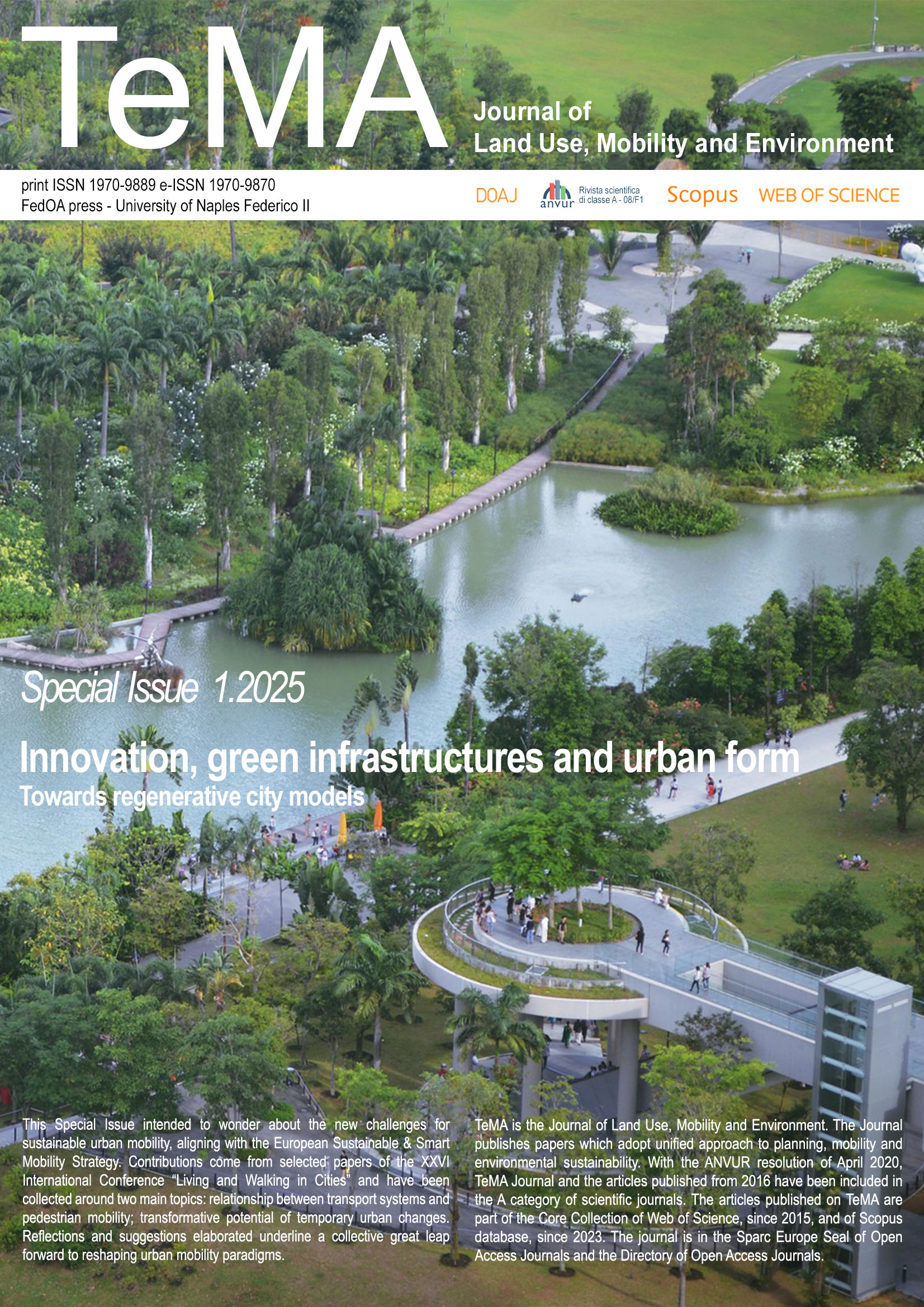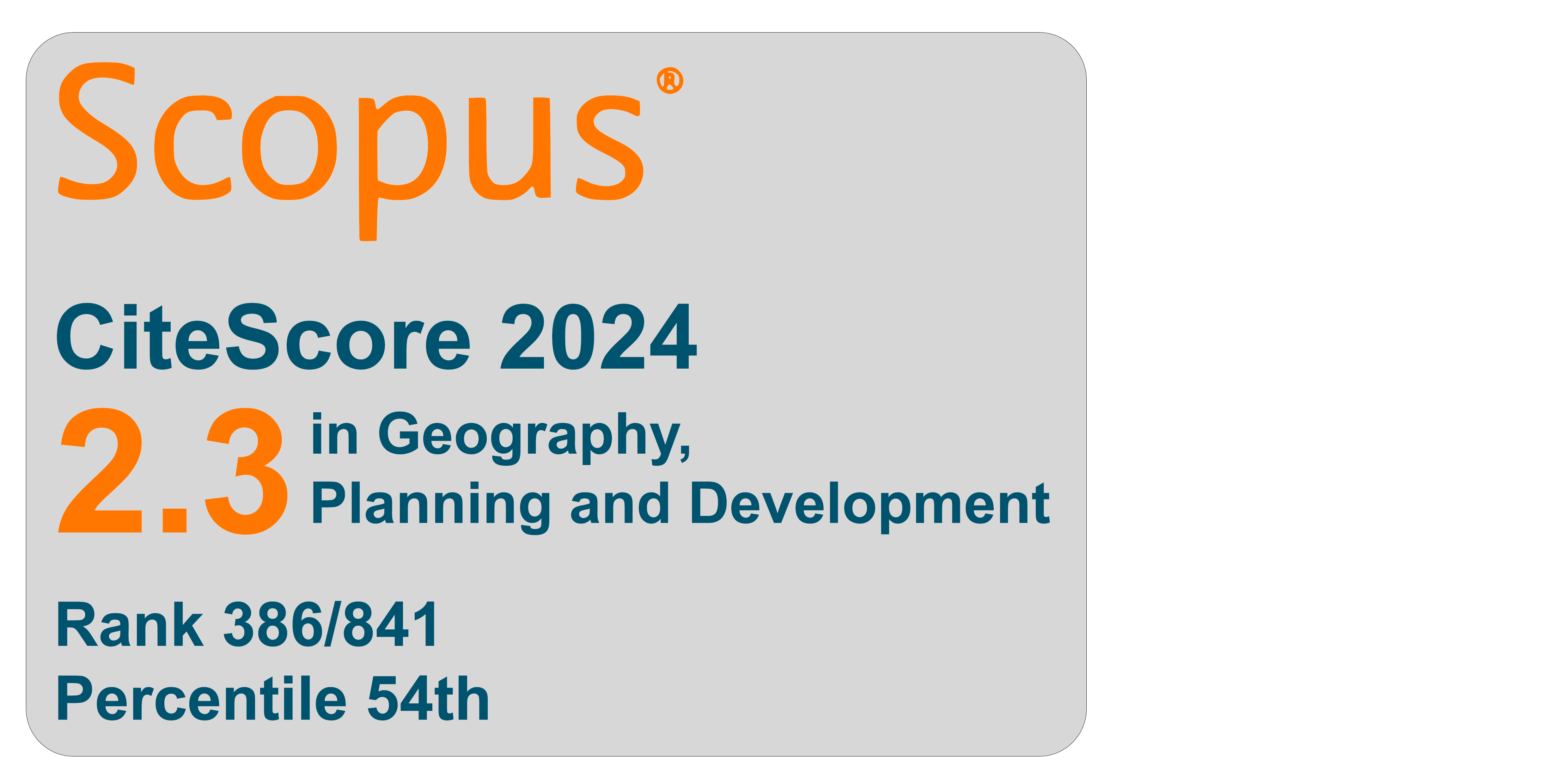Current Issue

Spatial structures and ecosystems (including man-made neo-ecosystems) must face a symbiosis with the environment and environmental resources that can no longer be postponed, in order to combine the need to preserve natural resources with the reduction of socio-economic inequalities. The urban form and the characteristics of its evolution (of built spaces as well as of the distribution and topology of urban functions) have influenced the current spatial arrangements of the green component in the city, but only rarely have they been part of an organic and structured design of urban space. Many ecosystem services are provided outside cities, but many could be brought close (in urban belts) or at least partially within cities themselves, in an integrated vision of urban green as a life-supporting service for ecosystems. The aim is to configure a new integrated approach to urban planning capable of promoting ecosystem multifunctionality and territorial innovation, overcoming sectoral interventions and the rigidity of planning tools. In this sense, innovation is a key factor in the process of transition to regenerative urban models, the engine of a new development paradigm, as well as a new evolutionary mechanism based on experimentation in territorial development processes, aimed at promoting actions capable of ensuring environmental, social and economic well-being, towards a new global ecology.
Full Issue
SI 2025. Innovation, Green Infrastructures and Urban Form


